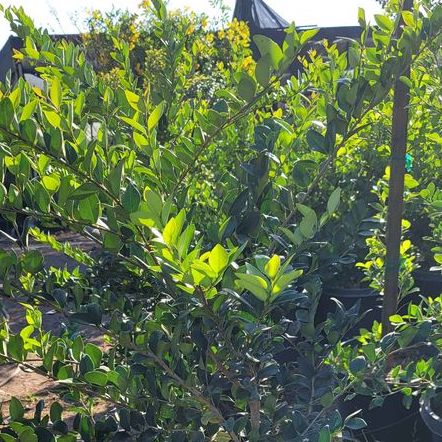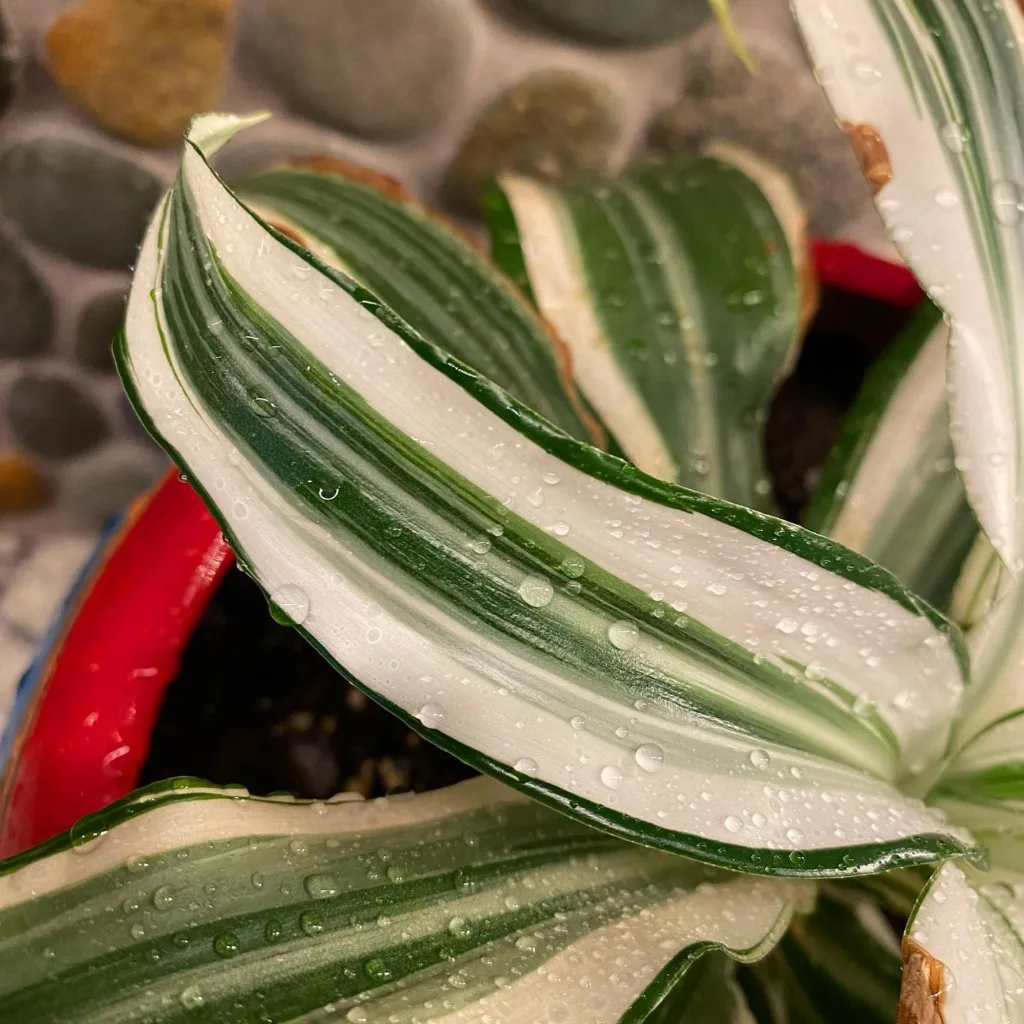Frequently Asked Questions About Atlantic Poison Oak (Toxicodendron Pubescens)
Hi everyone, Ferb Vu here! As an avid outdoorsman, I’ve encountered my fair share of Atlantic poison oak, also known as eastern poison oak (Toxicodendron pubescens). This nasty plant can leave you with a miserable itch, so I understand if you have some questions. Here are some of the most common inquiries I get about this unwelcome shrub.
30 Species in Genus Toxicodendron
What is Atlantic Poison Oak?
Atlantic poison oak is a native shrub found in the southeastern United States, stretching from Virginia to Texas and Oklahoma. It typically reaches a height of 3 feet and boasts trifoliate leaves – three leaflets per stem – that resemble oak leaves (hence the name). However, unlike its namesake, these leaves have smooth edges and may be slightly lobed. Be warned – the danger lies beneath the surface. An oily resin called urushiol coats the entire plant, and even brief contact can trigger a severe allergic reaction.
How Can I Identify Atlantic Poison Oak?
Learning to recognize Atlantic poison oak is crucial for avoiding an itchy encounter. Here’s a handy saying to remember: “Leaves of three, let it be!” Its trifoliate leaves are a dead giveaway. Additionally, the leaflets often have a glossy sheen and may be slightly cupped. If you see a hairy vine with similar leaves, that’s poison ivy, a close relative.
What Happens if I Touch Atlantic Poison Oak?
The urushiol resin on Atlantic poison oak is a powerful allergen. Contact can cause an itchy, blistering rash that develops within 12-48 hours. In severe cases, swelling and difficulty breathing may occur. If you suspect you’ve brushed against the plant, immediately wash the exposed area thoroughly with soap and cool running water for at least 15 minutes. This can help remove some of the urushiol before it penetrates the skin. Avoid using hot water or washcloths, as they can spread the oil.
How Do I Treat an Atlantic Poison Oak Rash?
If you develop a rash, resist the urge to scratch! Scratching can worsen the irritation and increase the risk of infection. Calamine lotion or cool compresses can help soothe itching. Over-the-counter antihistamines like Benadryl can also provide relief. In severe cases, consult a doctor. They may prescribe stronger medication like corticosteroids to manage inflammation.
How Can I Prevent an Atlantic Poison Oak Rash?
The best defense is a good offense! When venturing outdoors, especially in wooded areas, wear long pants, long sleeves, and closed-toe shoes. Consider using over-the-counter barrier creams containing bentoquat on exposed skin. If you suspect you’ve brushed against Atlantic poison oak, immediately wash the exposed area thoroughly with soap and cool running water. Remember, even smoke from burning Atlantic poison oak can cause a reaction, so be cautious during wildfires.
Is There Anything I Can Plant to Keep Atlantic Poison Oak Away?
Unfortunately, there’s no magic bullet plant that repels Atlantic poison oak. However, some strategies can help discourage its growth. Densely planted groundcovers like pachysandra or ferns can create competition for sunlight and nutrients. Maintaining healthy, established trees in the area can also shade out Atlantic poison oak seedlings.
How Do I Safely Remove Atlantic Poison Oak from My Yard?
Removing Atlantic poison oak requires caution. The safest option is to hire a professional equipped with protective gear. If you choose to tackle it yourself, prioritize safety. Wear long sleeves, pants, gloves, and eye protection. Apply a barrier cream to exposed skin and thoroughly wash exposed areas with soap and water after handling the plant. Remember, even dead Atlantic poison oak contains urushiol, so handle it carefully and dispose of it properly in sealed trash bags.
I hope this information empowers you to safely navigate the outdoors and avoid the wrath of Atlantic poison oak. Remember, “Leaves of three, let it be!” Stay safe and happy exploring!
If i die, water my plants!



